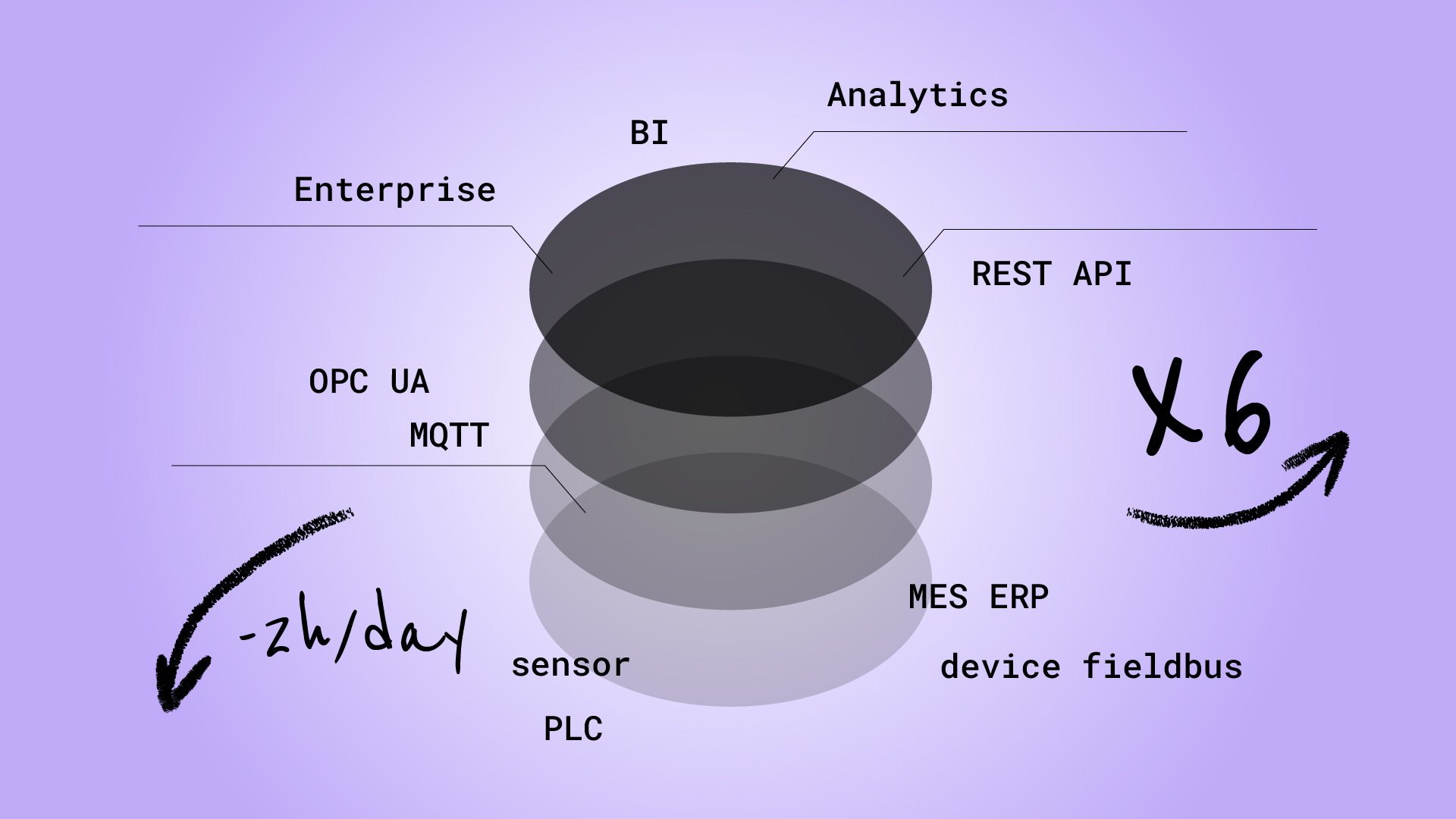
How can edge computing be used to improve sustainability?
 Edge computing, also known as edge network or distributed edge computing, is a way of processing data at the source.
Edge computing, also known as edge network or distributed edge computing, is a way of processing data at the source.
It consumes less power and reduces latency than central servers located in cloud data centers.
Edge computing is an industry 4.0, now established in the industry, which refers to a range of networks and devices near the user. The edge is about processing data, enabling processing at higher speeds and volumes and leading to more impactful results in real time.
Edge computing be used to improve sustainability
Edge computing offers advantages over traditional models in which computing power is centralized in an on-premises data center. It enables companies to improve management and utilization of physical resources and create new business opportunities.
Centralized data centers consume a lot of energy, produce a lot of carbon emissions, and cause significant e-waste.
While more and more data centers are moving toward green energy, an even more sustainable approach (alongside these so-called "green data centers") is to reduce unnecessary cloud traffic, central computer, and storage as much as possible by moving to compute to the edge.
Edge computing stores and uses data locally, on or near the device, reducing the amount of traffic sent to the cloud and, at scale, the impact on energy use and carbon emissions.
Green edge computing
Green edge computing can help improve the three pillars of sustainability, the ESG factors:
- Environmental Sustainability
- Social Sustainability
- Governance Sustainability
Edge computing is more than just pre-processing data, leveraging only a portion of the processing possible at the edge, the Industrial Internet of Things. An edge database is a prerequisite for meaningful Edge Computing.
Through an edge database, data collected from connected devices can be stored and processed directly on the devices (the so-called edge). Only relevant data is sent to the server and saved there, reducing network traffic and computing power used in data centers and leveraging the computing resources of devices already in use.
It reduces the bandwidth and energy required by data centers. In addition, edge computing offers the flexibility to operate independently of an Internet connection, enables real-time response speeds, and reduces cloud costs.
Why is edge computing sustainable?
This paradigm certainly brings with it three advantages:
- Edge computing reduces network traffic and data center utilization;
- Edge computing is optimized;
- Using existing hardware.
Let's see them below in detail:
- Edge computing reduces network traffic and data center utilization. Bandwidth is the amount/size of data transferred by a network at a time. The greater the amount of data sent to the network, the lower the throughput. It makes sense to work with the data on edge and send only relevant data (e.g., results, aggregated data, etc.) to the cloud.
- The second point illustrates how edge "data centers" are generally more efficient than cloud data centers. As described above, resources on edge devices are limited. Therefore, unlike cloud infrastructure, edge devices do not scale horizontally. It is one reason why each element of the edge technology stack is generally and ideally highly optimized for resource efficiency. Any processing done more efficiently helps reduce energy consumption. Due to the number of devices already deployed, the worldwide impact of reducing resource use for the same operations is significant.
- The last benefit describes the infrastructure of edge devices already deployed that are currently underutilized. Many existing devices are capable of handling data, and some of them are even capable of performing quite complex processing. Edge computing allows companies to use existing hardware and infrastructure (retrofitting), taking advantage of available computing power. If these devices continue to be underutilized, we will have to build larger and larger central data centers, burdening the existing network infrastructure and reducing bandwidth to send everything to the cloud.
How edge computing will make the world a better place
The benefits of cloud computing are, as just written, vast and powerful, but this technology comes with costs. A mix of green data centers and Edge Computing helps address these often invisible costs.
With Edge Computing, we can reduce the unnecessary use of bandwidth and server capacity (which translates into infrastructure, electricity, and physical space) while taking advantage of underutilized device resources.
These positive effects are more powerful the more sustainable IoT applications are.
How to make your contribution? Alleantia's Industrial IoT platform enables connecting your devices and creates applications to control them and manage thousands of distributed products.
A complete back-end infrastructure that eliminates technological complexities and simplifies the implementation of IoT in your enterprise business.



